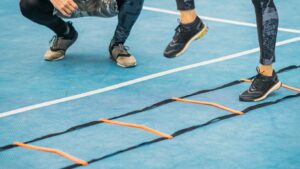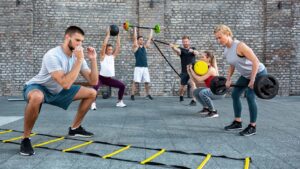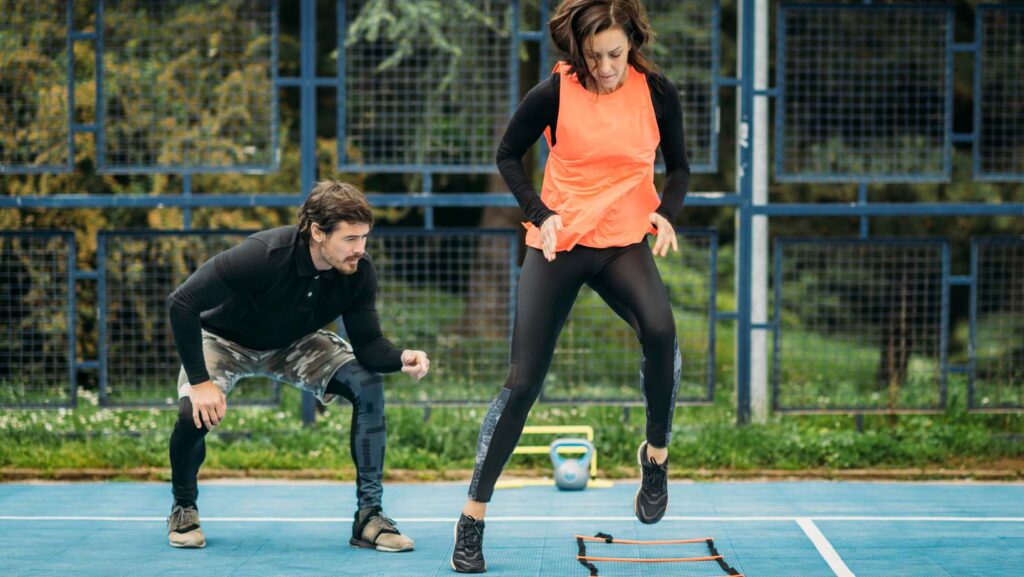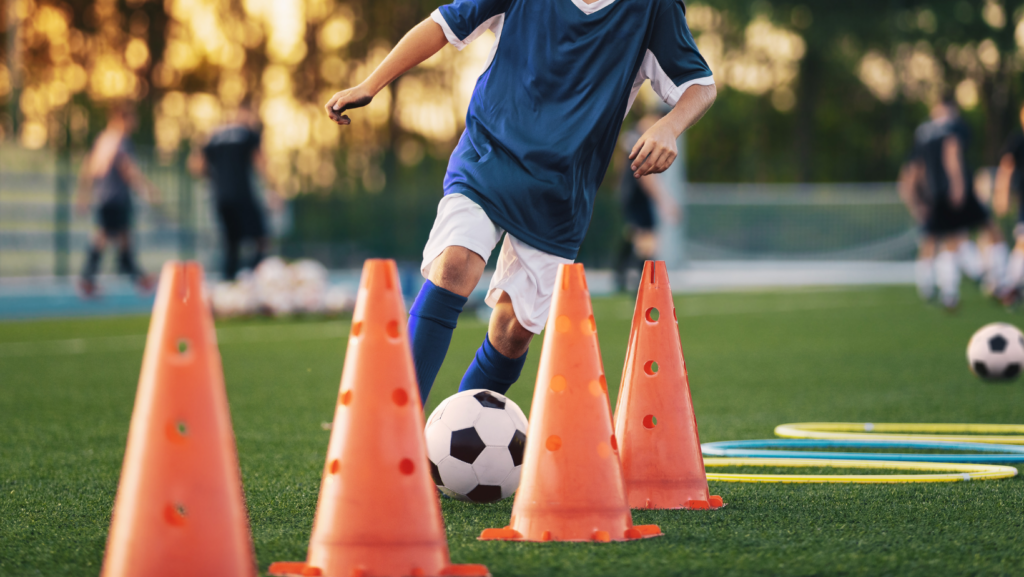In today’s fast-paced world, agility is more than just a buzzword; it’s a crucial skill for young athletes. Youth agility training is gaining traction as parents, coaches, and trainers recognize its importance in enhancing performance and reducing injury risks. This dynamic training approach focuses on improving speed, balance, and coordination, setting young athletes up for success across various sports.
Agility training doesn’t just benefit physical prowess—it’s also a powerful tool for boosting confidence and mental sharpness. As young individuals navigate the challenges of competitive sports, having a solid foundation in agility can make all the difference. By incorporating fun, engaging exercises, youth agility training keeps kids motivated while building essential skills.
Youth Agility Training

Youth agility training strengthens essential athletic skills required in various sports. It focuses on developing quick reflexes and precise movement patterns. Young athletes, through agility drills, gain better reaction times and coordination. Enhanced balance helps them adapt to sudden changes on the field, reducing falls and missteps.
Agility training promotes injury prevention. By improving joint flexibility and muscle strength, it reduces the risk of strains and sprains. Athletes with strong core stability and motor skills respond effectively to physical demands, minimizing injuries.
Essential Components Of Agility Training
Agility training is vital for young athletes, focusing on speed, quickness, balance, coordination, flexibility, and strength. These components enable athletes to perform with precision and adaptability in various sports.
Speed And Quickness
Speed and quickness allow athletes to accelerate, decelerate, and change direction efficiently. Drills like ladder drills and cone drills enhance these abilities. By refining neuromuscular pathways, young athletes improve their reaction times, granting them an advantage on the field.
Balance And Coordination
Balance and coordination are crucial for maintaining control during complex movements. Exercises like single-leg hops and balance boards are effective. These practices improve stability, which helps young athletes manage rapid directional shifts without losing footing.
Flexibility And Strength
Flexibility and strength support injury prevention and performance. Dynamic stretches and resistance training improve joint range of motion and muscle resilience. Enhanced flexibility ensures full movement range, while strength training builds muscle endurance, aiding sustained athletic output.
Effective Agility Drills For Youth

Youth agility training incorporates various drills that enhance movement and reflexes, crucial for sports performance. These drills improve speed, coordination, and overall athletic abilities.
Cone Drills
Cone drills enhance directional changes and agility. Zig-zag drills require athletes to weave through cones placed in a straight line, improving lateral movement. The “T” drill involves sprinting to a central cone before moving laterally to additional cones, enhancing acceleration and deceleration skills. Shuttle runs, where athletes sprint back and forth between cones, boost speed and agility.
Ladder Drills
Ladder drills refine foot speed and coordination. The high-knee run through the ladder enhances leg muscle activation and cardiovascular fitness. The lateral shuffle requires athletes to move sideways through the rungs, improving lateral quickness. Single-leg hops through the ladder enhance balance and explosiveness, essential for field sports.
Plyometric Exercises
Plyometric exercises build explosive strength and power. Box jumps require athletes to leap onto elevated platforms, increasing vertical power and leg strength. Depth jumps, performed by stepping off a box and immediately jumping, boost reaction time and force production. Jump squats, where athletes squat and jump into the air, enhance lower-body strength and quickness.
Tips For Safe And Successful Training

Ensuring youth agility training is both safe and effective requires attention to several key factors. Proper preparation and technique, along with age-specific exercises, are essential for optimizing results.
Effective youth agility training starts with a thorough warm-up. Dynamic activities like jogging and dynamic stretching raise body temperature, increasing blood flow to muscles. Post-training, cool down with static stretches and controlled breathing to reduce muscle tension and aid recovery.
Proper Technique And Form
When practicing agility, form and technique should be prioritized. Clear, demonstrative instructions help maintain body alignment during drills. Emphasizing correct foot placement and posture enhances agility, minimizes strain, and prevents injuries.



